Cultural Diversity: Understanding Shame and Honor-Based Cultures
Cultural Diversity in the Workplace
If you’ve noticed your workplace becoming more diverse in recent years, you’re not alone. The Bureau of Labor Statistics reported in 2023 that
foreign-born employees accounted for 18.6% of the U.S. civilian workforce. The American Immigration Council reports that
9.7% of Pennsylvania’s labor force is immigrant workers. This diversity is only expected to increase.
While diversity is valuable and creates a strong workforce, it can also cause a breakdown in communication if employees aren’t trained in how to relate to other cultures and other viewpoints. Laurie and I have worked with many companies that have very diverse workforces and have seen many situations where disagreements or miscommunications were rooted in cultural differences that were never recognized.
Being aware of the different cultures present in your company's workforce is essential for creating an inclusive and respectful work environment.
Understanding cultural differences helps prevent misunderstandings and promotes better communication among team members. It also enables managers and employees to appreciate diverse perspectives. Ultimately, when we’re aware of the different cultures that make up our workforces, we can foster a sense of community and belonging, develop a greater understanding of those we work with, and improve our communication with our teams.
Within this realm of cultural diversity, we’re diving into shame/honor-based cultures to learn what the general characteristics of those populations are, how they communicate, and how those communication patterns may present in the workplace.
What is a Shame/Honor-Based Culture?
Shame or honor-based cultures are characterized by a focus on honor and pride, where members are typically defined by their community’s opinion or perception of them. They are shamed or feel shame if they don’t meet the expectations of the group. These are typically collectivist cultures and include many Eastern cultures.
Honoring the “group” is where their motivation comes from, and self-expression and individualism are not important to them. Members of these cultures work very hard to make sure that they don’t embarrass themselves or others, especially in public, and may place greater significance on authority figures and hierarchies. They can be very indirect in their approaches, especially around conflict. Body language is often used instead of words to communicate, which means that in these cases, the unspoken is just as important (if not more important) than what is spoken.
For example, in Thailand, if you ask someone for directions, they may give you the wrong directions if they don’t know the correct ones to “save face”. Or, if a taxi (called a tuk-tuk) driver doesn’t want to give you a ride, they may make up a reason like being out of gas instead of directly telling you they don’t feel comfortable giving you a ride (or whatever the underlying reason may be).
Shame/Honor-Based Cultures in the Workplace
Cultural diversity in the workplace is on the rise, and it’s important to develop an awareness of cultural differences. Naturally, we all make assumptions and communicate based on our own cultural perspectives and backgrounds. However, when communicating with supervisors or employees, only seeing things through our specific cultural lens can lead to misunderstandings and miscommunication. Not understanding cultural differences can potentially lead to poor company morale, high turnover, and higher error rates.
Someone from a shame/honor-based culture might interact with coworkers or supervisors differently than someone from a Western or individualistic culture. Here are some ways they may communicate:
Would not tell a superior that they didn’t understand what was said or directly address it to avoid embarrassing the supervisor- May be more hesitant to share ideas or thoughts for fear of being wrong
- May be less likely to be innovative, and do only what they are asked to avoid failure or standing out
- May feel more comfortable as part of a group
- Will feel very uncomfortable with direct communication, especially if they are called out for a mistake, especially in public. Even if they are not being reprimanded, they will be very uncomfortable with their work being used as an “example”
- May avoid eye contact with authorities or authoritative figures
Modifying Communication for Shame/Honor Cultures
Given the above, you may be wondering how to modify the way you communicate to accommodate someone from a shame/honor based culture. Here are some ways to modify communication:
Watch for nonverbal cues. It’s not as natural to us in the U.S., but you can train yourself to be more observant of people’s nonverbal behaviors- Don’t call out mistakes or reprimand in public and be gentle when you are correcting, even if it’s one-on-one
- Recognize group efforts and wins rather than calling out individuals
- Be careful with eye contact in uncomfortable situations and don’t be alarmed at an employee's lack of eye contact; it’s not meant as disrespect
- Build relationships; this is important in honor/shame cultures
- Approach differences with curiosity and with a learner’s attitude. Demonstrate that you want to learn about their culture and customs
The Value of Cultural Diversity
Diversity in the workplace is valuable and creates strong, creative work environments. If you have a diverse workforce, it’s important to invest in understanding what cultures make up your team and developing ways to accommodate those differences. When people understand the backgrounds and perspectives of those they work with, communication becomes more effective and relationships improve.
At Workplace Talent Solutions, we offer
Cultural Diversity training for the workplace. We talk about common misunderstandings in the workplace, help management teams understand how they may be misinterpreting others’ actions and how others may misinterpret theirs, and more. If a company does the hard work of building cultural understanding into their company culture, it will give them an advantage in the marketplace. It’s worth the investment.
Related Reading:
The Impact of Cultural Differences in the Workplace
Culture: The Unspoken Communication Barrier












